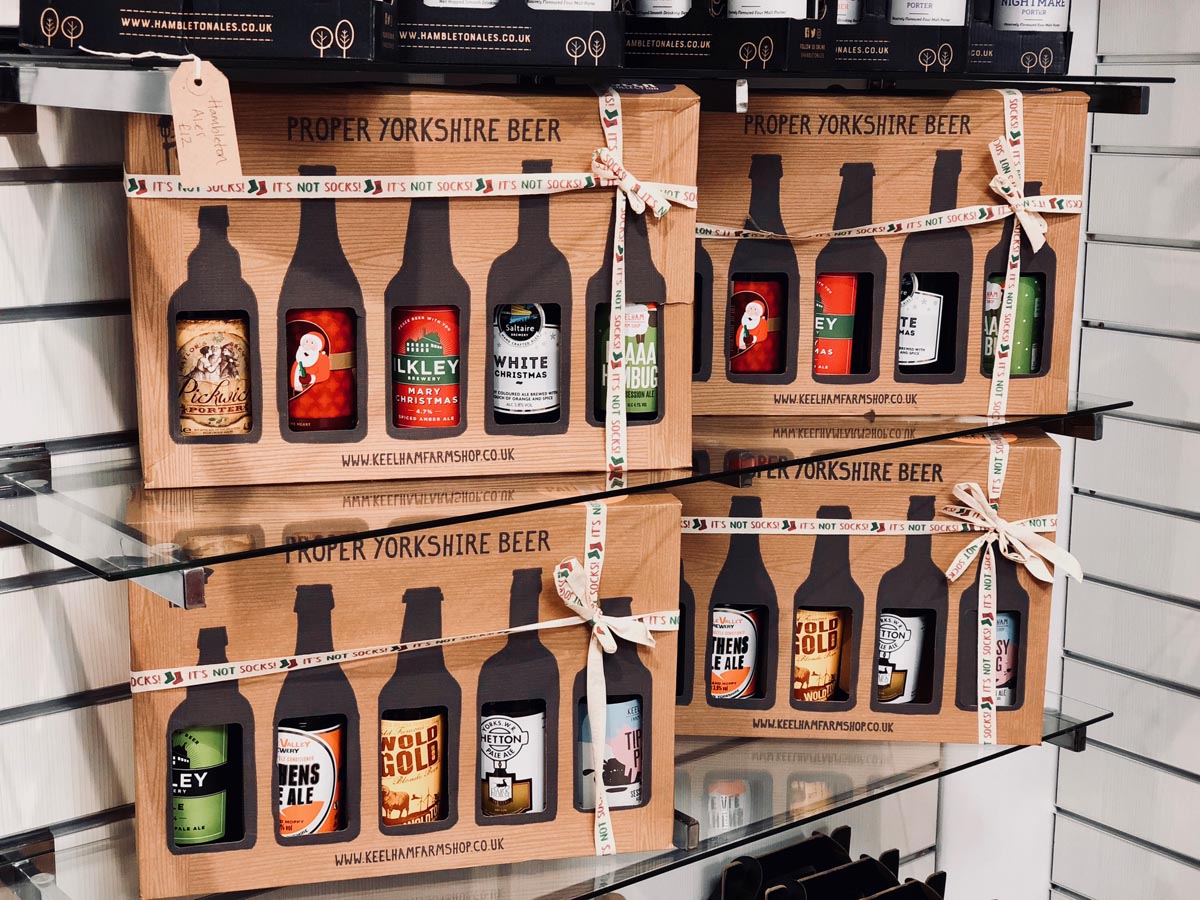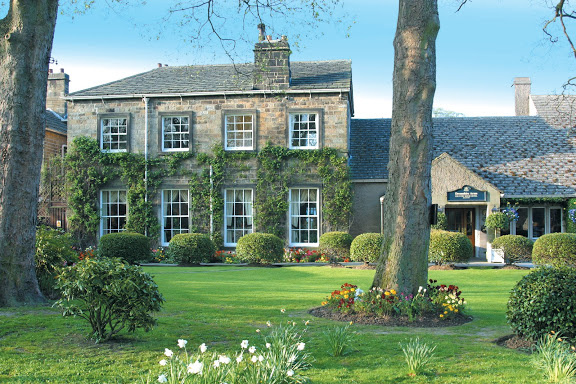Why good fencing matters on busy yards
Work yards move all day. Trucks roll in. Forklifts swing past. People cross to grab tools or sign papers. A fence is not just a border. It is a guide that tells everyone where to go and what to avoid. When it is done well, days feel calm. When it is weak or messy, days feel slow and risky.
A solid fence plan cuts down on break-ins. It keeps visitors and kids away from danger. It also keeps work flowing. Clear gates and clear paths mean fewer near misses and fewer delays. The goal is simple: protect people, protect gear, and keep the job moving.
Start with the real jobs a fence does
A fence in a work yard has three main jobs. First, it protects. It keeps tools, stock, and machines where they belong. Second, it guides. It shows people and vehicles the safe way to move. Third, it controls who gets in and out. A gate plan can track who enters and when, without turning the place into a maze.
If the site is in Brisbane or nearby, there are local rules and weather to think about. Heavy rain, strong sun, and short storm bursts can hit in the same week. That is why it helps to explore trusted local guides like fencing brisbane services, as it is a practical starting point if a clear, regional view is needed.
The gap problem: small spaces that cause big pain
Most yards do not fail at the long fence runs. They fail at the gaps. These are the places where people squeeze through, where pallets get stuck, or where a gate never quite lines up. Small gaps invite short cuts. Short cuts often lead to risk.
Common gap issues show up near loading bays and side entries. A forklift lane might end right at a pedestrian gate. A wheel stop may sit too close to a fence post. A sliding gate track can fill with gravel and jam on the busiest day. Each small issue adds seconds. Seconds turn into minutes. Minutes turn into lost time and short tempers.
Closing the gap problem starts with a slow walk of the yard. Follow the path a driver takes. Follow the path a worker on foot takes. Watch how those paths cross. Mark the spots where someone has to twist, carry extra weight, or step into a lane to pass another person. Those are the fixes that matter most.
Gates that help, not hinder
A gate should match its job. Swing gates are simple, cheap, and quick to install. They work well on smaller openings or low-traffic lanes. But they need room to swing. If the yard is tight, the swing takes up space and can block a path.
Sliding gates save space. They are useful on wide entries and busy roads. A clean, well-drained track is key. If the track clogs, the gate drags and delays build up. Add a simple brush or cleaner to the maintenance list so the track stays clear.
Boom gates move fast and control cars and light trucks. They work great at the front entry where checks happen. Pair a boom with a pedestrian turnstile or a narrow gate for people. That stops tailgating and keeps the flow even.
Pedestrian gates should sit where people actually walk. Put them next to safe paths and away from blind corners. Fit them with self-closing hinges and a latch that is easy to use with gloves. A window in the gate or in the fence mesh near the gate gives a clear view so no one steps out into a moving vehicle.
Make paths clear for people and machines
Good fencing guides people and machines without shouting. Use rails, mesh, or bollards to separate foot paths from lanes. Keep sight lines open so a person can see a forklift coming. Simple paint on the ground helps, but paint fades. A low rail or chain panel will still guide people when the paint wears off.
Keep crossing points short and straight. Add a raised platform or a speed bump near the crossing if vehicles can move fast. The goal is not to punish drivers. The goal is to slow them for a few seconds so the crossing stays safe. Signs help when they say one clear thing. “Walk here.” “Stop at line.” Short is best.
Security after hours without turning the yard into a fortress
Fences protect gear when the day ends. Height helps, but mesh style matters too. Anti-climb mesh makes it hard to get a foothold. Topping with a smooth rail is usually better than sharp spikes, which can create legal risk. Pair the fence with good lights that spread an even glow. Motion-activated lights near gates can save power while still scaring off trespassers.
Cameras work best when placed to see the entry and the fence line near weak spots. A camera that records only the front gate may miss the side lane where thieves test the fence. Clear signs about cameras and entry rules also deter attempts. A tidy yard helps more than most people think. If valuable items are hard to see from the street, the site is a less tempting target.
Brisbane weather: plan for heat, rain, and salty air
Storm bursts and high UV wear out poor fences fast. In humid areas or near the coast, steel that is not treated will rust early. Galvanised steel and powder-coated posts hold up better. Mesh with a tight weave can catch wind, so check wind ratings before long runs. Add bracing where the fence meets a corner. Leave small gaps at the base where water needs to drain away. Standing water around posts is bad news for any yard.
Gate motors and access boxes need shelter. A small canopy can keep out direct sun and rain. Keep cabling in conduits that can handle UV. Think about tree roots near the fence line. Roots push posts out of line over time. A simple root barrier during install can save major repairs later.
Keep entry smooth for deliveries and visitors
A calm entry sets the tone for the whole site. Place a clear sign with lane rules before the gate so drivers can read it while they queue. Give large trucks room to turn without scraping the fence. A small “sacrificial” rail near tight turns can take bumps without bending the main fence.
Visitor parking should sit near a staffed door or a clear intercom. If visitors must cross a lane, put the crossing near the gatehouse where someone can watch. For drivers who come often, access cards or phone-based tags cut entry time. A slow, jittery gate makes drivers impatient. A fast, well-tuned gate earns respect.
Smart upgrades that pay off
Some add-ons sound fancy but are simple and useful. A keypad or card reader that logs entries creates a clear record. Pair that with timed auto-close so gates do not sit open by mistake. Intercoms with video stop long walks to check who is at the gate. Solar power can run small systems where cable runs would be hard.
For high-traffic sites, add a holding bay inside the fence. This gives a truck space to pull in, clear the road, and then process papers. The main gate can close again while checks happen. The line outside stays short, and the site feels in control.
Quick checks that prevent bigger problems
Maintenance does not need to be a pain. Short, regular checks win. Walk the fence line weekly. Look for sagging mesh, loose caps, bent rails, and rusty spots. Rattle the pedestrian gates. Do they close on their own? Does the latch click without force? Roll the sliding gate by hand with power off. If it grinds, the track needs cleaning or the rollers need grease.
Right next to gates, keep the ground even. Potholes make posts shake loose and push gates out of square. Trim plants that hide latches or chew at fencing with thorns. Keep bins and pallets away from the fence line so no one can use them as a ladder. These small habits keep the system tight.
Safety for everyone, not only the crew
Clear fences protect visitors who do not know the site. School groups, delivery drivers, and new staff all lean on the signals a fence sends. If the fence shows a safe path, most people will follow it. If it is confusing or full of dead ends, they will go where they should not. A few arrows, a clean path, and a well-placed gate remove that guesswork.
Noise and dust rules also matter. A fence can hold acoustic panels or screens that cut noise to neighbors. Wind screens can keep dust from drifting onto nearby roads. That helps with community trust and keeps inspectors happy.
Counting the real cost
People often look at fence price first. Fair enough. But the real cost is time lost to delays, break-ins, and injuries. A gate that opens in ten seconds instead of forty saves hours across a month. A fence that guides people away from forklift lanes avoids near misses and claims. Insurance may drop when the site shows strong control. Those gains stack up and outlast a small invoice gap during install.
What to do next
Action starts with a map. Sketch the yard. Mark entries for people, for cars, and for trucks. Trace the main paths. Circle the messy parts where people cut corners or where queues appear. Decide what each gate needs to do: secure, count, or speed entry. Match the gate to the job. Pick mesh and posts that suit local weather and daily wear. Plan small upgrades that make the biggest difference first.
Key takeaways to keep work moving
A good fence is more than wire and posts. It is a plan for safe movement and calm days. Close the gap problem by studying how people and machines move. Choose gates that fit each entry, and place pedestrian gates where people already walk. Separate paths with rails or mesh so sight lines stay open. Build for weather, keep motors sheltered, and protect the fence line from standing water and creeping roots. Maintain little and often. When the fence guides the work, the yard runs smoother, people feel safer, and the day finishes on time.












